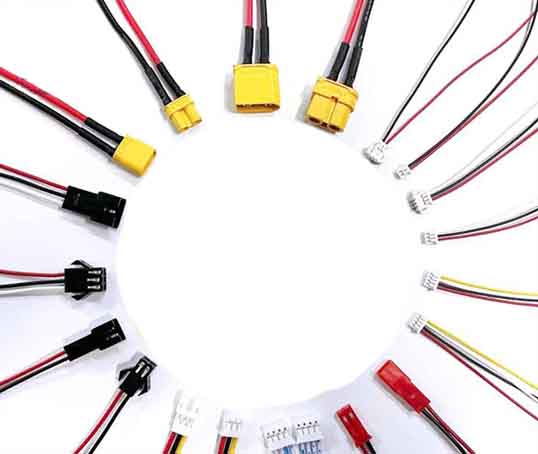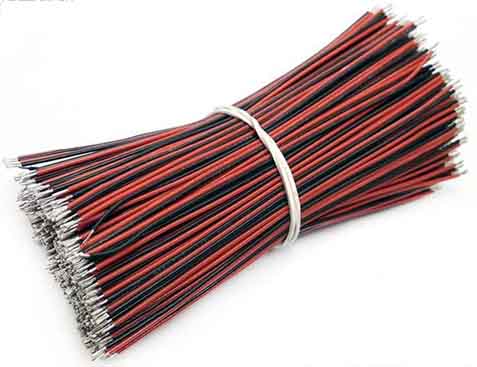China OEM terminal wire manufacturer

What is terminal wire?
The terminal wire is also called Flexible Flat Cable (FFC). The number and spacing of wires can be selected arbitrarily to make the connection more convenient, greatly reduce the volume of electronic products, reduce production costs, and improve production efficiency. It is most suitable for data transmission cables between moving parts and motherboards, between PCB boards and PCB boards, and in miniaturized electrical equipment. Common specifications include various pitch flexible cables such as 0.5mm, 0.8mm, 1.0mm, 1.25mm, 1.27mm, 1.5mm, 2.0mm, 2.54mm, etc.
Terminal wire application
The terminal line is widely used in the connection between the print head of various printers and the motherboard, and the signal transmission and board connection of products such as plotters, scanners, copiers, stereos, LCD appliances, fax machines, and various DVD players. In modern electrical equipment, it is almost everywhere.
Type of terminal wire
The commonly used terminal wire models are as follows:
Type A: The two ends of the terminal wire are connected, and the reinforcing plate is pasted on the insulating tape;
Type B: The reinforcing plate of the terminal line is cross-pasted directly on the insulating tape;
Type C: The reinforcing plates at both ends of the terminal line are directly pasted on the conductor;
Type D: The two ends of the terminal wire are crossed and pasted directly on the conductor;
Type E: One end of the terminal wire is attached to the insulating tape and the other end is soldered directly;
Type F: The reinforcing plates at both ends of the terminal wire are directly attached to the insulating tape, and the inner half is peeled off;
Type G: Both ends of the terminal wire are soldered directly
FFC technical parameters:
Number of conductors N: the number of copper conductors in the cable;
Pitch P: The distance between the center lines of two adjacent conductors;
Margin M: The distance between the center line of the outermost conductor and the edge of the cable:
Full pitch TP: the distance between the center lines of the outermost two conductors, TP=P*(N-1);
Total width W: the distance between the two edges of the cable, W=P*(N+1);
Total length TL: the distance between the two ends of the cable;
Insertion thickness TT: the thickness of the two connecting ends of the cable;






